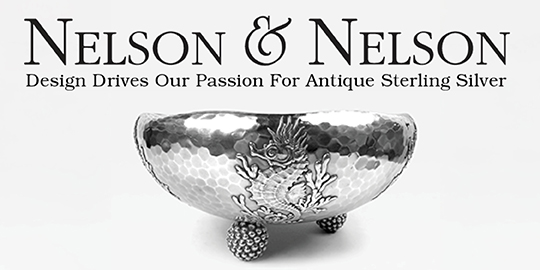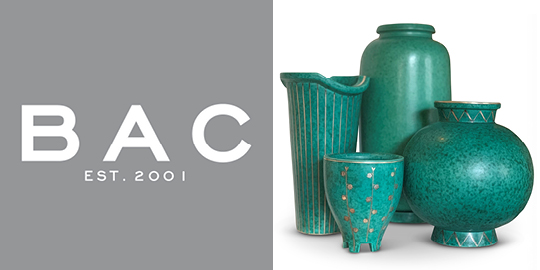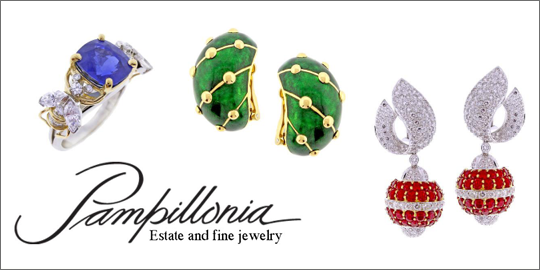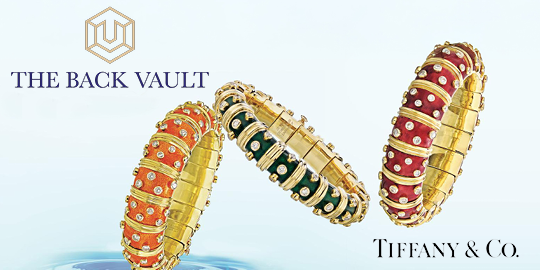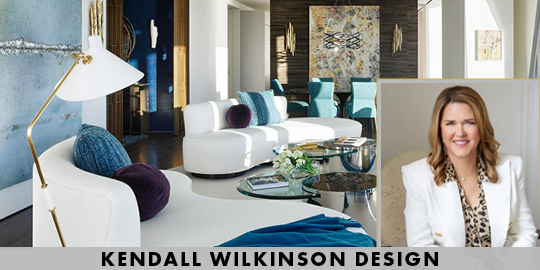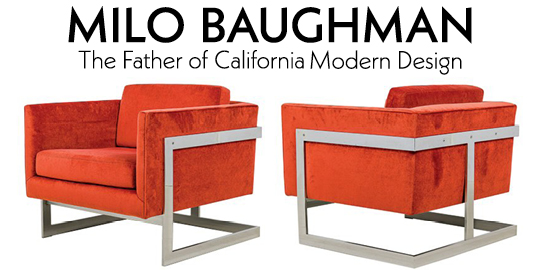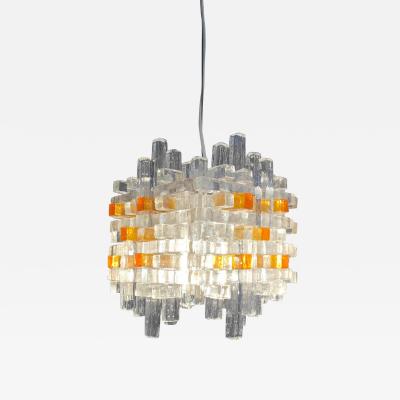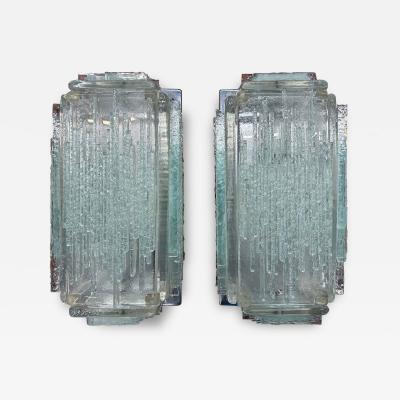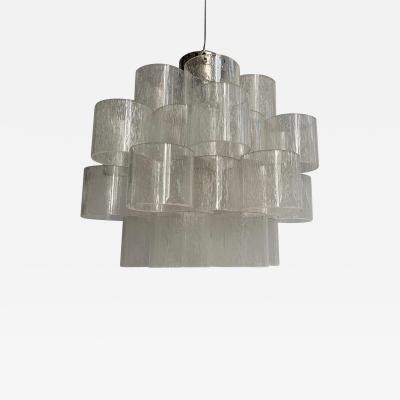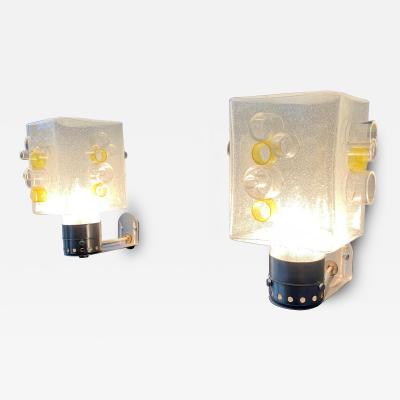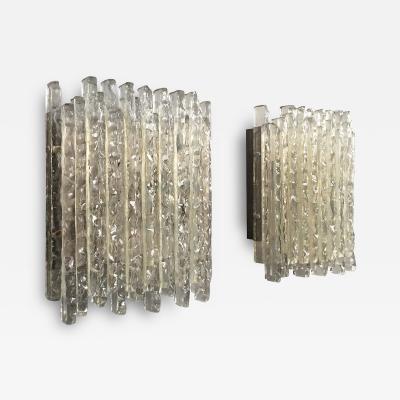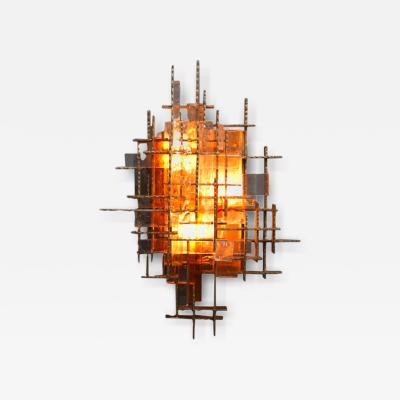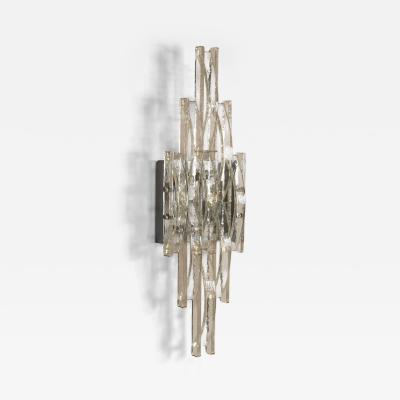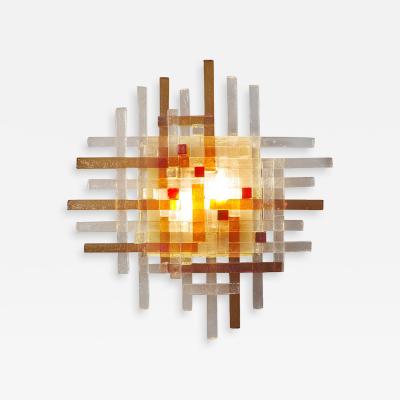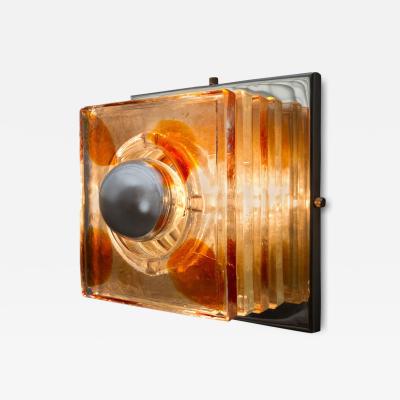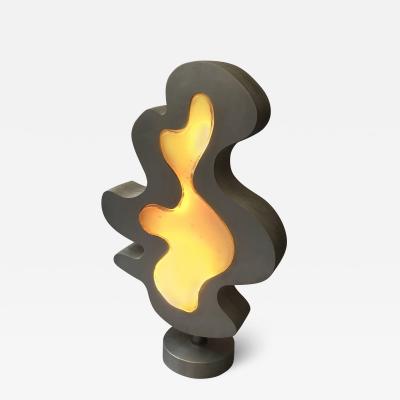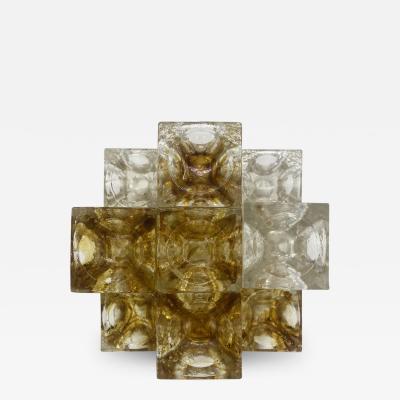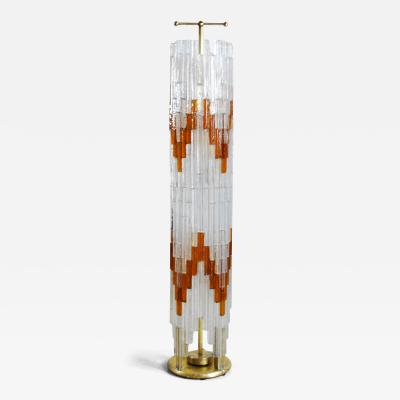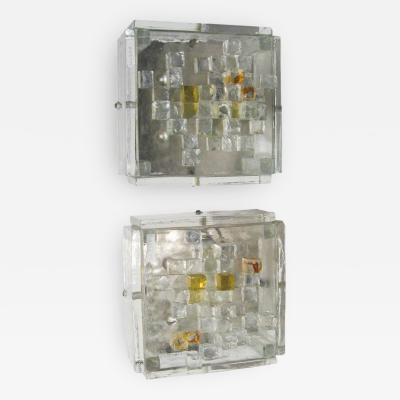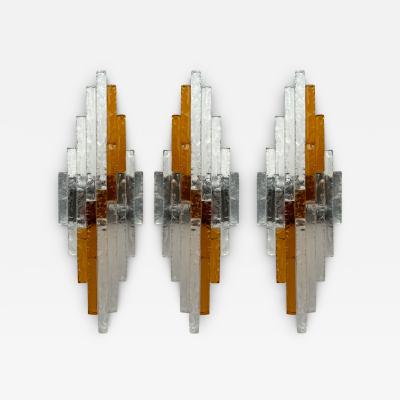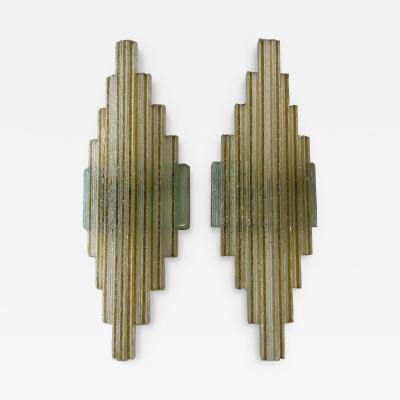Poliarte
Italian
In 1968 Albano Poli formed Poliarte, an Italian lighting company that produced objects of light. From 1968 to 1979, Pol produced his lighting in a factory building at Via Orti Manara in Verona, with about thirty-five craftsmen. He designed table lamps, sconces, chandeliers, standing lamps and wall panels. Each lamp was created and assembled by hand in production runs numbering from as few as a single example to hundreds.
Beginning around 1970, Italian lighting designers began expanding the scope of traditional approaches using new materials and new forms.
Poli was intent on experimenting with how light brings out the beauty of glass in all its forms. For example, the same light source reflects differently through a thin piece of sheet glass than through a rough cut piece of raw glass, thus creating different shades of light and illuminating the beauty of different qualities in the glass itself. Poli, originally trained in classical stained glass artistry, was reinventing the stained glass window to create three-dimensional lighting objects. He worked in two distinct styles: the modular composition of different glass elements, such as plates, cubes, rods and a rougher, more "brutal" use of metal and glass fastened together. The overarching purpose was to expose the beauty within the glass as revealed by light.
Source: Frank Rogin
Beginning around 1970, Italian lighting designers began expanding the scope of traditional approaches using new materials and new forms.
Poli was intent on experimenting with how light brings out the beauty of glass in all its forms. For example, the same light source reflects differently through a thin piece of sheet glass than through a rough cut piece of raw glass, thus creating different shades of light and illuminating the beauty of different qualities in the glass itself. Poli, originally trained in classical stained glass artistry, was reinventing the stained glass window to create three-dimensional lighting objects. He worked in two distinct styles: the modular composition of different glass elements, such as plates, cubes, rods and a rougher, more "brutal" use of metal and glass fastened together. The overarching purpose was to expose the beauty within the glass as revealed by light.
Source: Frank Rogin
Poliarte
Pair of Mid-Century Italian Albano Poli Wall Lights
H 21.26 in W 20.47 in D 3.94 in
$ 7,515
Poliarte
Large Wall Lamp in Glass by Albano Poli for Poliarte, Italy 1970s
H 35.04 in W 10.24 in D 5.12 in
Poliarte
Mid-Century Modern Italian Murano Glass Table Lamp by Albano Poli for Poliarte
H 9.45 in W 9.45 in DIA 9.45 in
Poliarte
Hammered Glass Metal Sconce by Poliarte, Italy, 1970s
H 19.29 in W 7.09 in D 4.72 in
$ 2,200
Poliarte
Blue Hammered Glass Gilt Wrought Iron Mirror by Poliarte, Italy, 1970s
H 39.37 in W 27.56 in D 2.76 in
Poliarte
Sculptural Poliarte Vase in Pulegoso Murano Glass, Italy 1970s
H 11.02 in W 11.02 in D 11.02 in
Poliarte
Large Pair of Round Bubble Glass Lamps by Poliarte, Italy, 1970s
H 11.81 in W 11.81 in D 11.81 in
Poliarte
Pair of Glass Cube and Stainless Steel Sconces by Poliarte, Italy, 1970s
H 13.78 in W 7.09 in D 3.15 in
Poliarte
Pair of Hammered Yellow Glass Sconces by Poliarte, Italy, 1970s
H 19.69 in W 6.69 in D 3.94 in
